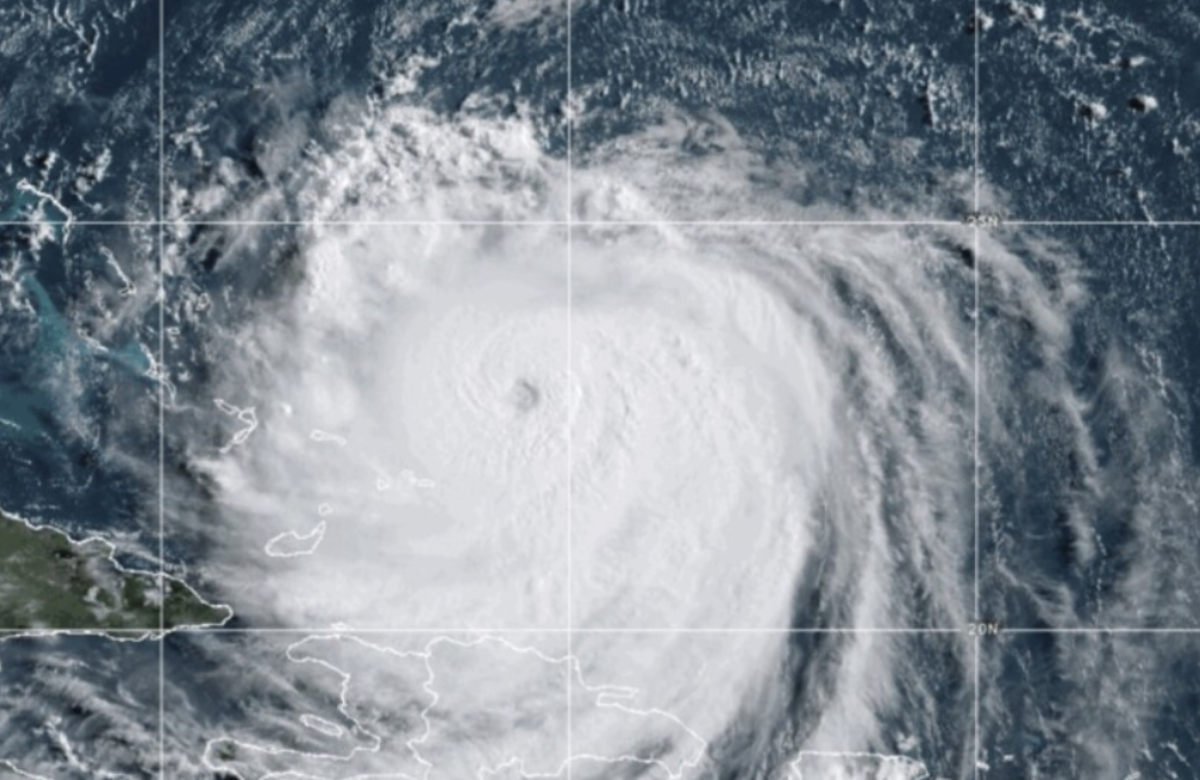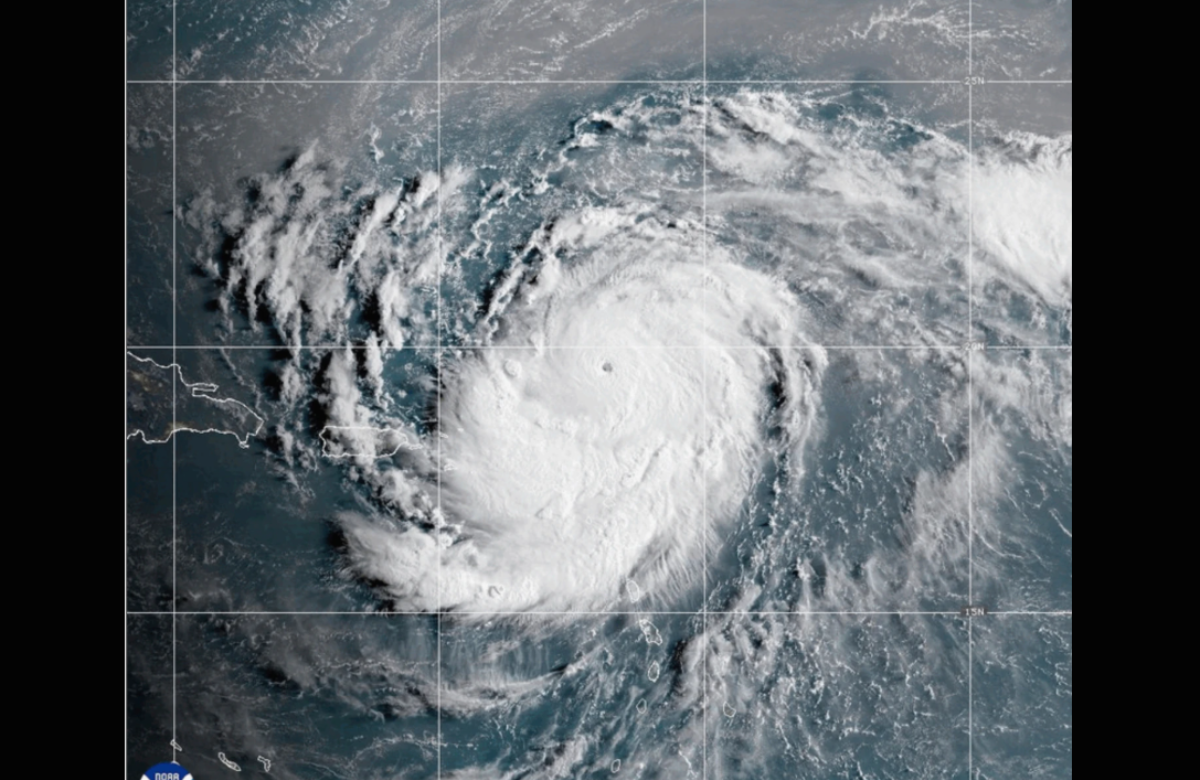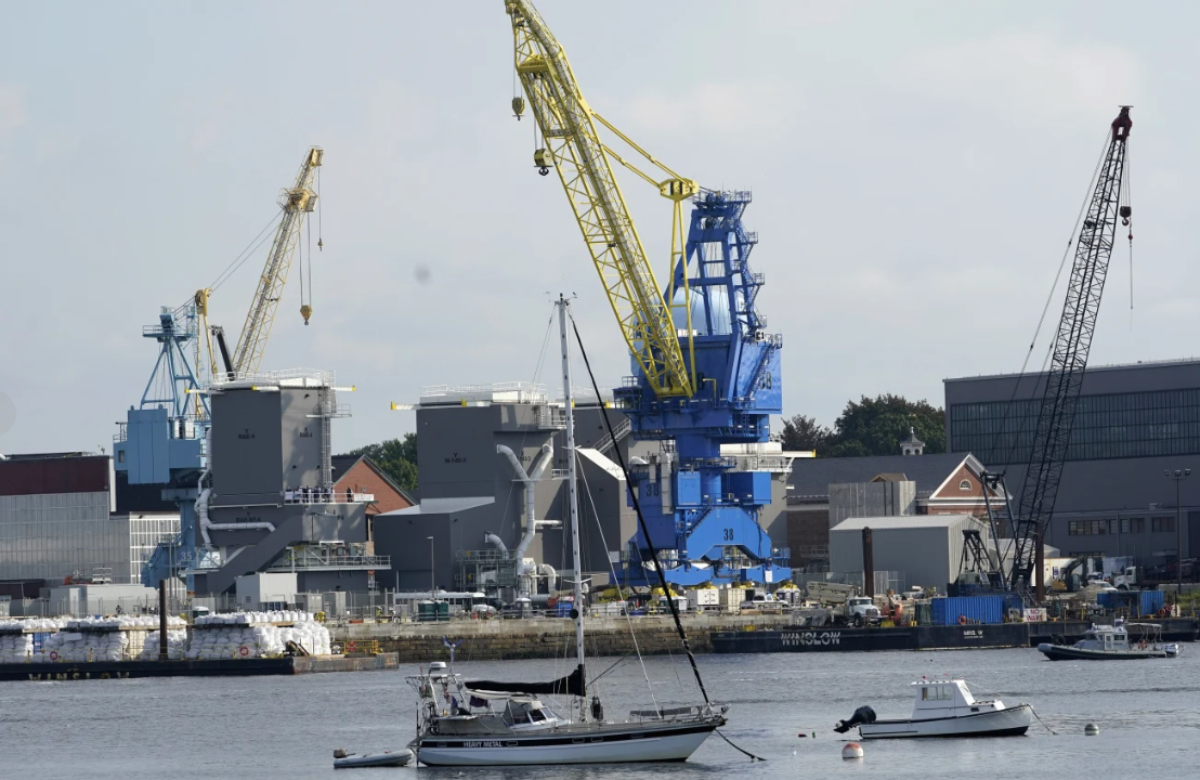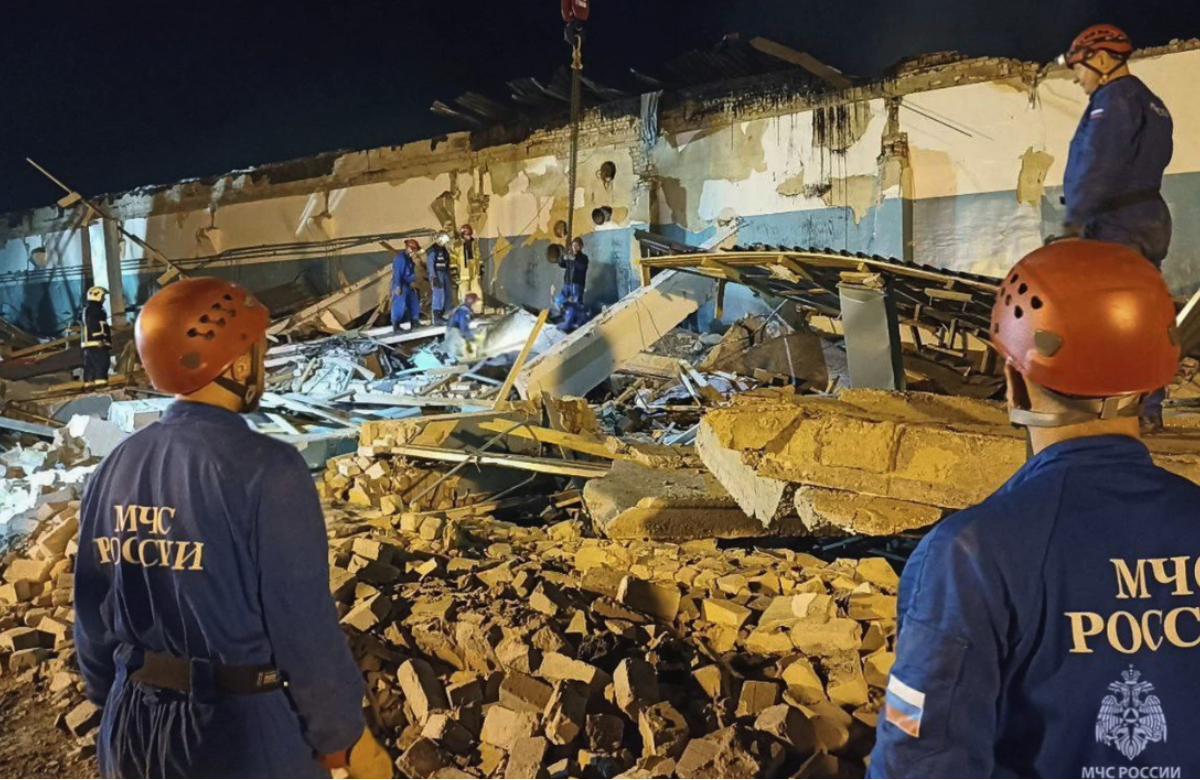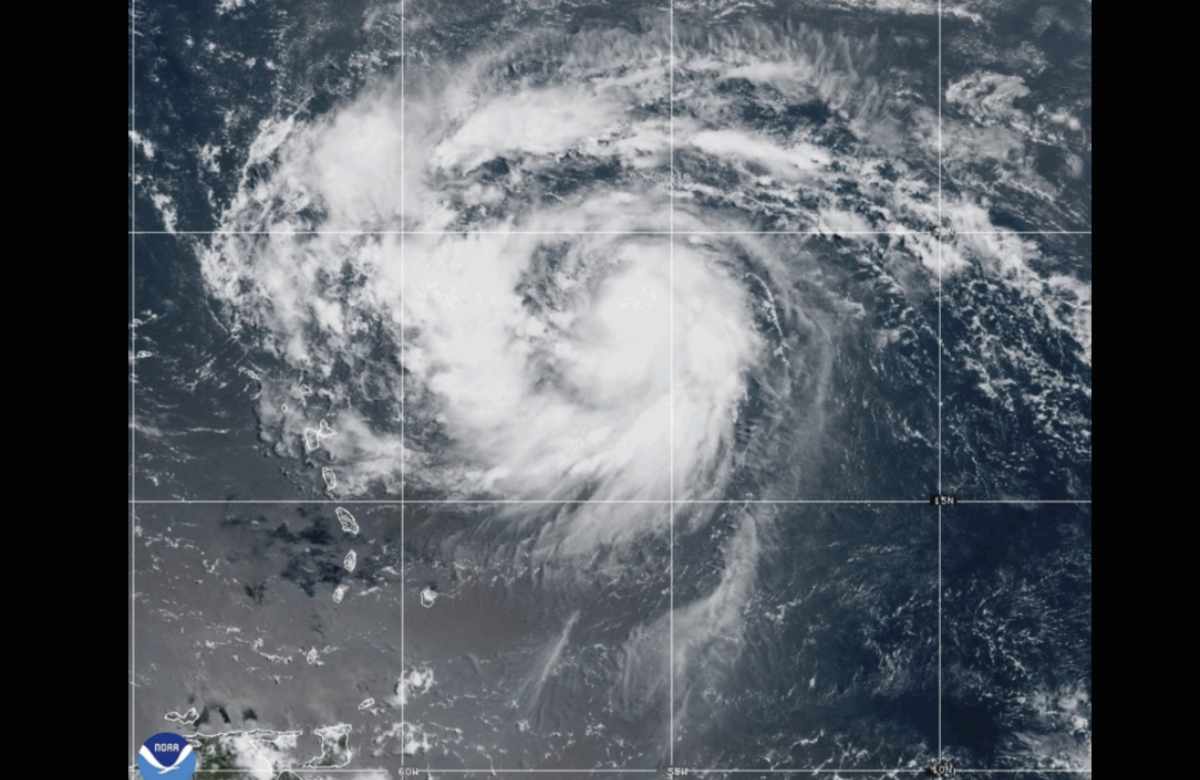On Friday, Philippine President Ferdinand Marcos Jr. proposed that the Philippines could remove a U.S. missile system if China halts its “aggressive and coercive actions” in the disputed South China Sea. The U.S. Army had deployed the Typhon mid-range missile system to northern Philippines in April of the previous year, claiming it was part of joint training efforts between the two countries to improve combat readiness. However, China has repeatedly demanded the removal of this missile system, arguing that it fuels geopolitical tensions and contributes to an arms race.
When questioned about China’s objections to the missile system, Marcos expressed confusion, noting that the Philippines never comments on China’s far more powerful missile systems. He also pointed out that the Philippines is only seeking to protect its own territory. Marcos then suggested a possible deal with China: if China stops its territorial claims, ceases harassment of Philippine fishermen, stops attacking Philippine boats, and ends its aggressive actions, the Philippines would consider removing the Typhon missiles.
President Ferdinand Marcos Jr. stated on Friday that if China halts its “aggressive and coercive actions” in the South China Sea, he would be willing to remove the U.S. missile system deployed in the Philippines. He added, “Let them stop everything they’re doing and I’ll return all of those.” Chinese officials had not responded to his comments at the time.
The U.S. Army’s mobile Typhon missile system, which includes a launcher and at least 16 Standard Missile-6 and Tomahawk Land Attack Missiles, was recently moved from the northern Philippines to a more strategic location closer to the capital, Manila. This relocation, which took place about two weeks ago, was done in coordination with Philippine defense officials, according to a senior Philippine official who spoke anonymously due to the sensitive nature of the issue.
The official explained that the repositioned missile system is now closer to areas where tensions have been rising between Chinese and Philippine forces, including coast guard and navy units, in the South China Sea. Tomahawk missiles, which are part of the U.S. Army’s Typhon missile system, can travel over 1,000 miles (1,600 kilometers), bringing parts of mainland China within their reach. According to a Philippine official, the missile system will remain stationed in the Philippines indefinitely.
In response to the missile system’s deployment, Chinese Foreign Ministry spokesperson Mao Ning criticized the Philippines, saying it is “creating tensions and antagonism in the region” and contributing to an arms race by allowing the U.S. to position its missile system on Philippine soil. Mao called the move “highly dangerous” and “extremely irresponsible.” Philippine Defense Secretary Gilberto Teodoro rejected China’s demand for the missile system to be removed, stating that such a request constitutes interference in the Philippines’ internal affairs.
The U.S. and the Philippines have repeatedly condemned China’s aggressive actions in the South China Sea, where there have been numerous confrontations between Chinese and Philippine coast guard and other vessels in recent years. Along with China and the Philippines, Vietnam, Malaysia, Brunei, and Taiwan also have competing territorial claims in the region. The South China Sea is a crucial international shipping route and is believed to contain significant undersea reserves of gas and oil.



